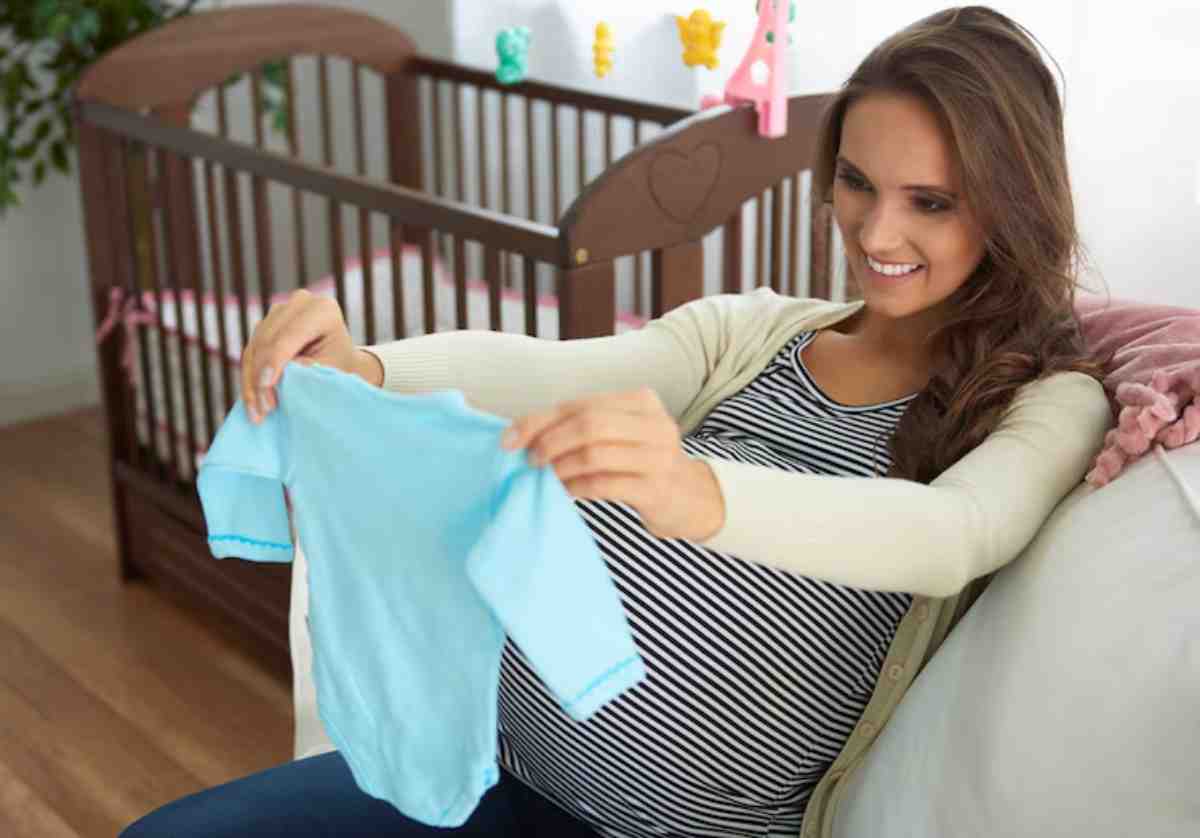
How Minimalism Can Help You Stick to a Budget
Ever feel like your money vanishes faster than your free time? Between juggling school runs, work deadlines, and the never-ending pile of laundry, managing a family budget can feel overwhelming. That’s where minimalism swoops in—not as a trendy aesthetic, but as a powerful mindset shift that can simplify your lifestyle and strengthen your finances.
Minimalism isn’t about stark white walls or giving up everything you own. It’s about choosing what truly adds value to your life and letting go of the rest. When applied to budgeting, minimalism creates clarity, reduces unnecessary spending, and makes room for the things that genuinely matter.
In this post, we’ll explore how a minimalist approach can lead to a more sustainable and satisfying family budget. Expect real-world examples, practical tips, and a few gentle challenges to get you thinking differently about how you spend.
Why Minimalism and Budgeting Go Hand in Hand
Minimalism helps you question your needs versus wants. That single distinction can drastically reshape how you spend money.
Benefits of combining minimalism with your family budget:
- Less impulse spending: Fewer trips to the shops and fewer temptations
- Clarity on priorities: You spend on what matters, not just what’s trendy
- Less clutter, more space: Reducing material items often improves mental clarity
- Greater savings: Less stuff = less spent = more left for savings or experiences
Minimalism also complements other budget strategies, like managing internet and phone plans or setting up an emergency fund, by streamlining what you actually need.
And it’s not just about cutting back. Many families find that they enjoy life more with less. When you’re not buried in stuff, you have more time for connection, hobbies, and rest—all essential parts of a well-rounded life.
How to Begin a Minimalist Budgeting Journey

1. Start with an audit
Before you can reduce, you need to know what you have. Look at your spending categories: subscriptions, clothes, groceries, toys, and memberships.
Ask yourself:
- Does this item or service improve my family’s life?
- Is this expense aligned with our long-term goals?
- Would life be simpler without it?
2. Embrace the “one in, one out” rule
For every new item you bring into the home—a shirt, toy, or gadget—choose one to let go. This practice makes you think twice before buying.
Over time, this helps slow consumption and reduces clutter.
3. Focus on experiences over things
Research shows that experiences bring longer-lasting joy than material goods. Prioritising picnics, museum trips, or family game nights can boost happiness and trim spending.
4. Digitally declutter too
Minimalism isn’t just physical. Cancel unused subscriptions, tidy your email, and simplify your digital life. Tools like Trim, Emma, or Snoop can help flag recurring charges.
5. Prioritise what matters
Ask yourself: What are your top three priorities this year? If it’s family time, travel, or becoming debt-free, let those guide every spending decision. When you know your “why,” it becomes easier to say no to impulse buys.
Real-Life Savings from Simple Living

Let’s break down a few examples of how families have saved money through minimalist thinking:
- Meal planning instead of takeaways = £200/month saved
- Cutting duplicate streaming services = £30/month saved
- Buying second-hand clothes = £50-£100/month saved
- Toy library memberships vs. constant new toys = £60+ saved each quarter
These choices didn’t feel like sacrifices—they felt freeing.
And once you shift into a minimalist mindset, you naturally spend less because you’re no longer chasing short-term highs from purchases. You’re satisfied with enough.
Even home size and car models begin to reflect this mindset. Families realise they don’t need extra rooms or high-end vehicles to live fully. In fact, smaller living spaces can reduce utility bills, maintenance, and stress.
Minimalism also allows you to:
- Avoid credit card debt
- Build an emergency fund faster
- Prepare more confidently for unexpected expenses like medical costs or job loss
Minimalism Makes Budgeting Simpler
Traditional budgeting can feel rigid: spreadsheets, envelopes, countless categories. Minimalism softens that. With fewer categories and more intentional spending, your budget becomes clearer.
Try these minimalist tweaks:
- Group expenses into broader categories—Essentials, Growth, Joy
- Automate bill payments and savings transfers
- Keep a single savings goal at a time to stay focused
- Track spending weekly rather than daily—less micromanaging, more mindfulness
You can even use a visual method like a spending thermometer on the fridge to help kids and adults stay focused on a family goal.
The point isn’t to cut joy out of your budget. It’s to be mindful about what brings joy, and ensure it fits your long-term financial wellbeing.
Teaching Kids the Value of Enough
One of the greatest gifts you can give your children is contentment. Minimalism nurtures this by showing kids:
- It’s okay not to have everything
- Boredom isn’t bad—it’s the birthplace of creativity
- Shared experiences often beat individual gadgets
Involve them in decluttering, budgeting talks, and even planning no-spend weekends. This can build lifelong habits of mindful consumption.
If you’re already exploring no-spend weekend ideas for families, minimalism naturally supports those efforts.
Additionally, set up a family savings jar for a shared goal. Watching coins add up toward something meaningful—like a holiday or a new bike—teaches patience, planning, and teamwork.
Encouraging gratitude practices, like naming three things they enjoyed each day, can shift focus from wanting more to appreciating what’s already here.
Budgeting with Purpose

Minimalist budgeting isn’t about deprivation. It’s about direction. When you strip away what’s unnecessary, you gain focus. You start budgeting not just to survive the month, but to thrive in the years ahead.
Whether you’re saving for a house, paying off debt, or simplifying your mental load, minimalism can clear both your closet and your calendar.
And it’s deeply personal. One family might cut down on gadgets while another pares back on kids’ activities. The beauty of minimalism is its flexibility—it meets you where you are and grows with you.
Start small. Choose one area of your budget to simplify this week. Maybe it’s groceries, entertainment, or subscriptions. Reflect on the outcome, adjust, and repeat.
Over time, your money will reflect your values—and that’s powerful.
Final Thoughts: A Simpler Way Forward
In a culture of more-more-more, minimalism offers a refreshing alternative. It invites you to press pause, reflect, and choose with intention. And when does it meet budgeting? You get a lifestyle that’s not only lighter on your wallet but richer in meaning.
So the next time you’re tempted by a sale or a “limited time only” offer, pause. Ask: Does this align with the life I’m trying to build? Is it worth it?
Minimalism won’t fix everything overnight, but it’s a powerful step toward financial peace. And that’s worth clearing space for.
Challenge: Try a 7-day simplicity challenge. Declutter one area each day. Track any unexpected savings or clarity that emerges. Share the journey with your family.


